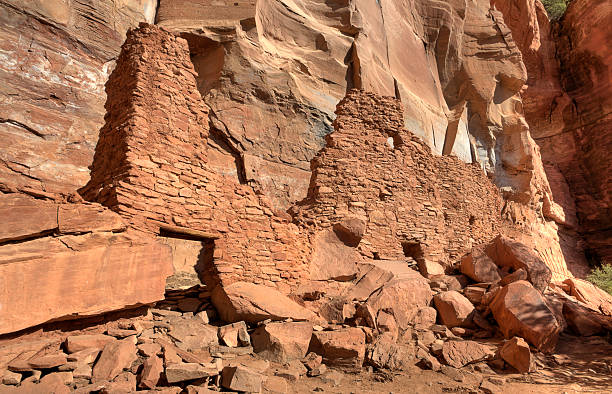Why is Fushimi Inari Taisha Famous?
Fushimi Inari Taisha is a famous Shinto Shrine located in the Kyoto city of Japan. Its thousands of vermilion orange torii gates make it one of the prime attractions in Japan, grab the attention of millions of visitors every year. These torii gates created stunning pathways up to the sacred MountInari. Even today it is the most spiritual and most important Shinto shrines in Japan, fully dedicated to the Japanese Inari, the Kami or spirit of rice prosperity and good harvesting.
Do you know: The Tian Tan Buddha in Hong Kong.
When was the Fushimi Inari Taisha Built?
Its basic structure was built in 711 on the Inariyama hill in south-western Kyoto. But during 816, the shrine was re-located on the basis of monk kukai. In 1499, its main shrine was built.
Japan Post Holdings Logo and Taglines.
Fushimi Inari Taisha History
According to local beliefs and traditions, the shrine was founded in 711 Fushimi Inari Taisha serves as the prime shrine of the Kami Inari. Over the period of time, we have witnessed many cultural and spiritual hotspots. However, its religious development reflects the importance of agriculture, particularly rice cultivation, especially for Japanese daily life.
During the 1499 or 15th century its main shrine was built. This shrine was founded before Kyoto became Japan’s capital. But until the 16th century the shrine never got much popular, and most of the spiritual and religious never crossed beyond the Japanese border. But during the 16th century, the shrine was heavily promoted and popular by the powerful Hattori family.
Thereafter the shrine was solidifying its significance. Interestingly from 1871 to 1946, it was officially designated one of the Kanpei-taisha. Which means ranked first place in Japanese government supported shrines.
Read about: Japan Airlines.
How Many Torii Gates at Fushimi Inari Taisha?
The path leads up to 233 metres of talk with many stone altars and is marked by the approximately 10,000 torii gates. Which form tunnels along the trails on Mount Inari.
How Long Does it Take to Walk the Fushimi Inari Taisha?
Approximately it will take between 1.5 hours to 2.5 hours to reach the top of the mountain. However visitors are free to walk just as far as they wish before turning back.
Fushimi Inari Shrine Entrance Fees
Fushimi Inari Shrine is “completely free to visit”. Having no entrance fee is a unique feature among Kyoto’s famous shrines. Remember there is no such advance ticket system available.
Fushimi Inari Taisha Opening Hours
Fushimi Inari is open 24 hours, where you can visit at any time. Usually from 7:00 to 18:30 and 8:30 to 16:30 is time for prayers. If you want to stroll nearby shops and restaurants for your purchases and foods, it operates from around 9 AM to 5 PM.
Sigiriya Lion Rock, Sri Lanka.
Top 5 Interesting about Fushimi Inari Taisha Shrine, Kyoto, Japan
1. Its 10,000 red torii gates were donated by the Individuals and business peoples and each of their inscriptions often included along with their names and date of donations.
2. It is a different form of shrine which is typically worshipped in the form of a fox, considered as a creature believed to be the messenger of the Kami. Visitors can spot many Fox statues and paintings throughout the shrine.
3. Despite spiritual and cultural importance’s, the place is also witnessing the perfect spot for hiking trails. Its hiking trails lead to the summit of “Mount Inari”, which is 233 meters long, passing through amidst the scenic nature and numerous smaller shrines.
4. Due to its both mix of cultural and scenic sceneries, the shrine was a perfect spot for photographers. Therefore it receives millions of visitors from both domestic and international level to indulge the real beauty of this shrine.
5. Visitors can also experience some of the seasonal festivals like Inari Matsuri in early February, celebrated with the traditional music and dances, considered the most popular and crowded one.
Fushimi Inari Taisha Map








